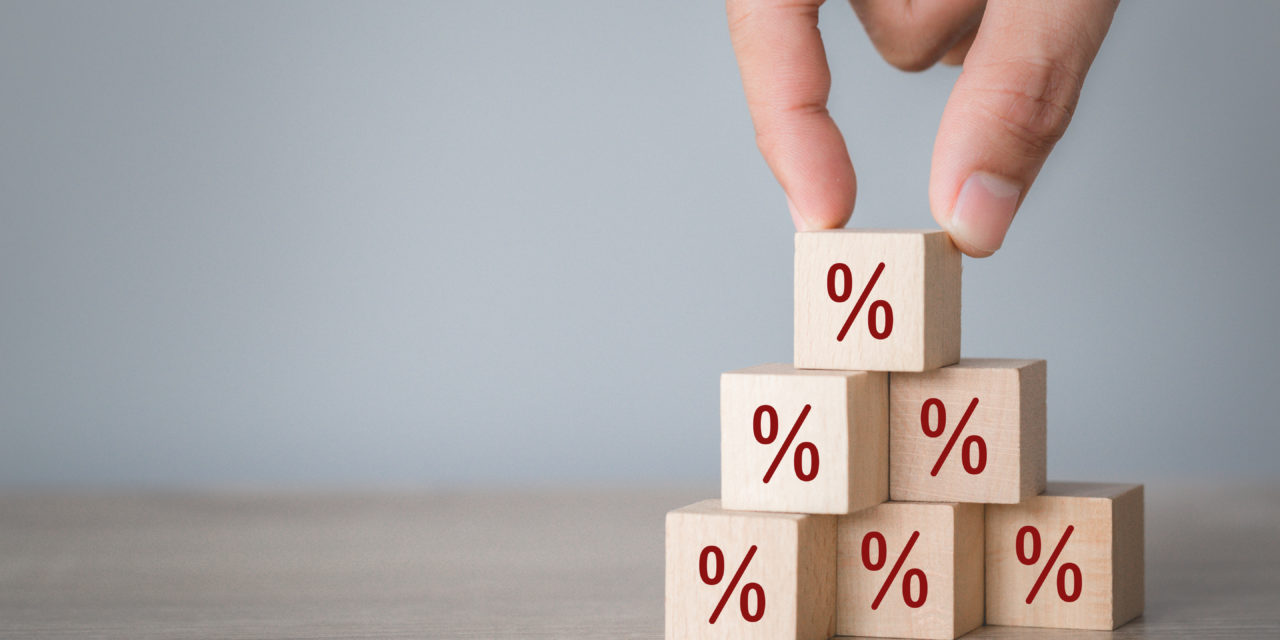For most real estate agents that are either new to the industry or are still trying to identify their real estate farm, learning how to calculate an area’s turnover and absorption rates is the first thing they should do.
As a real estate agent, statistical knowledge of the neighborhood you’re considering to farm in is vital. Knowing the turnover and absorption rates of an area before you set down roots in it, will ensure that you are not targeting an area that isn’t suitable for your business goals.
So, what are Turnover and Absorption Rates?
Turnover Rate
The turnover rate is the number of years it takes for the total sales of properties to match the total properties in the area. For example: If over the last year 400 properties were sold in a community with 4000 properties (10%) it would take 10 years at the current rate for the market to recycle. Now, it’s likely that every property won’t be sold as some will last with families for generations! Others will be sold again shortly after they are purchased.
The turnover rate of a neighborhood that you’re planning to farm will give you an indication of how “hot” or “cold” the market is. Often brokerages will attract agents by telling them how quickly homes sell in the area. The Turnover Rate will be how an agent can identify if this is true.
Another way of looking at this is that the turnover rate is the rate at which people sell their homes. A high turnover rate suggests a hot market, a low number represents a cold market. So, when you are looking at which geo-farm to target, pick a high turnover rate!
Absorption Rate
The absorption rate, on the other hand, will provide an estimate of the percentage of people within the community that will likely buy a house or sell a home in the following year. A high absorption rate will suggest that a good portion of that market is likely to move! While a low absorption rate will suggest that you have to increase the number of prospecting conversations you’re having to achieve your goals.
For example, if area 1 has an absorption rate of 10% and area 2 has an absorption rate of 15%, it’s likely that you want to focus your prospecting efforts on area 2.
Political and Global Changes can impact how buyer and seller behavior has unfolded (or will unfold) and can impact the numbers. Remember they’re estimates! The other big consideration you’ve got to keep in mind is that the population of the area and total homes in the area can mean that a high number is actually less appealing for an agent. Let’s look at this in more detail:
- Community A’s absorption Rate is 10% and has a population of 1000 people
- Community B’s absorption Rate is 8% and has a population is 2500 people
The 10% might look appealing, but the cost of selecting this as a farming area could mean that you’re missing out on the opportunity that comes with Community B’s 200 (8% of 2500) estimated listings.
Pro Tip: Consider the average price of each home is (and as a result your commission!).
How to calculate them?
Turnover Rate
This template makes it super easy to calculate:
Step 1) Figure out what geographic area you’re going to calculate this for. It could be a specific neighborhood, zip code, town, or city.
Step 2) Find out how many total homes sold in that area, in the last 12 months. You can use Zillow or your MLS for these statistics.
Step 3) Figure out how many sellable households there were in that area by searching the zip code on unitedstateszipcodes.org and scrolling down to the “Real Estate and Housing” section.
Step 4) Once you calculate these numbers, the equation below calculates the turnover rate:
Total Sellable / Total Sold = Turnover Rate
So, let’s use a fictional Zip Code as our example.
In 99999, there are a total of 817 sellable houses. Over the last year, 139 homes were sold.
So our equation would be 817 / 139 = 5.87 Years.
This means that it would take almost 6 years for the market to recycle, where the total sold homes, would match and then exceed the total available homes in the area.
Absorption Rate
To figure out the absorption rate follow these steps:
Step 1) Figure out what geographic area you’re going to calculate this for. It could be a specific neighbourhood, zip code, town, or city.
Step 2) Find out how many total homes sold in that area, in the last 12 months. You can use Zillow or your MLS for these statistics.
Step 3) Figure out how many sellable households there were in that area by searching the zip code on unitedstateszipcodes.org and scrolling down to the “Real Estate and Housing” section.
Step 4) Once you calculate these numbers, the equation below calculates the absorption rate:
- Total Sold / Total Sellable X 100 = Absorption rate (%)
This percentage will reflect the number of people out of 100 who are likely going to be buying and/or selling within the next year.
So, let’s use our fictional Zip Code as our example.
In 99999, there are a total of 817 sellable houses. Over the last year, 139 homes were sold.
So our equation would be 139 / 817 X 100 = 17.01%
This means that if you took 100 homeowners from the 99999 zip code. You could estimate that 17 of the 100 would likely be buying or selling in the next year.
Takeaways
Calculating your turnover and absorption rates are vital to ensure that you are targeting the right geo-farm. However, most agents will pick on “gut-feel”. Make an informed decision when picking this area and do your research first! So, start looking at the areas that you’re targeting and make sure you’re focusing on the right neighborhoods!






